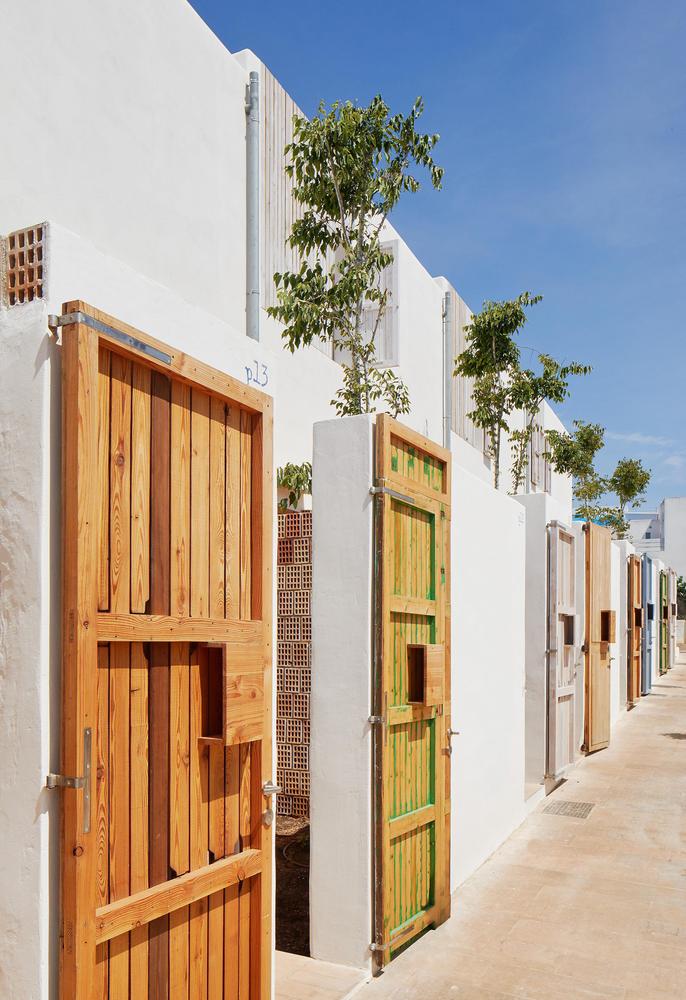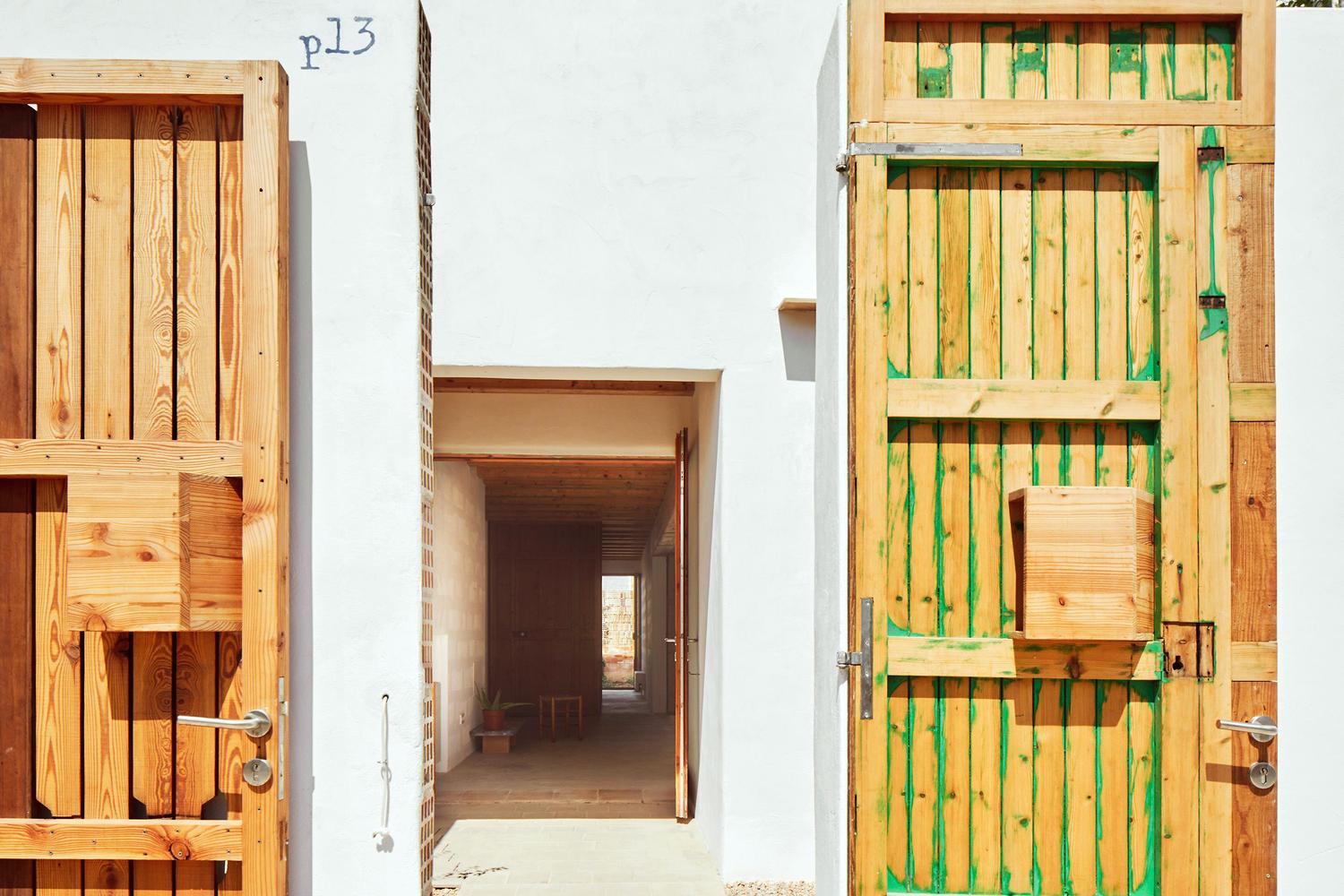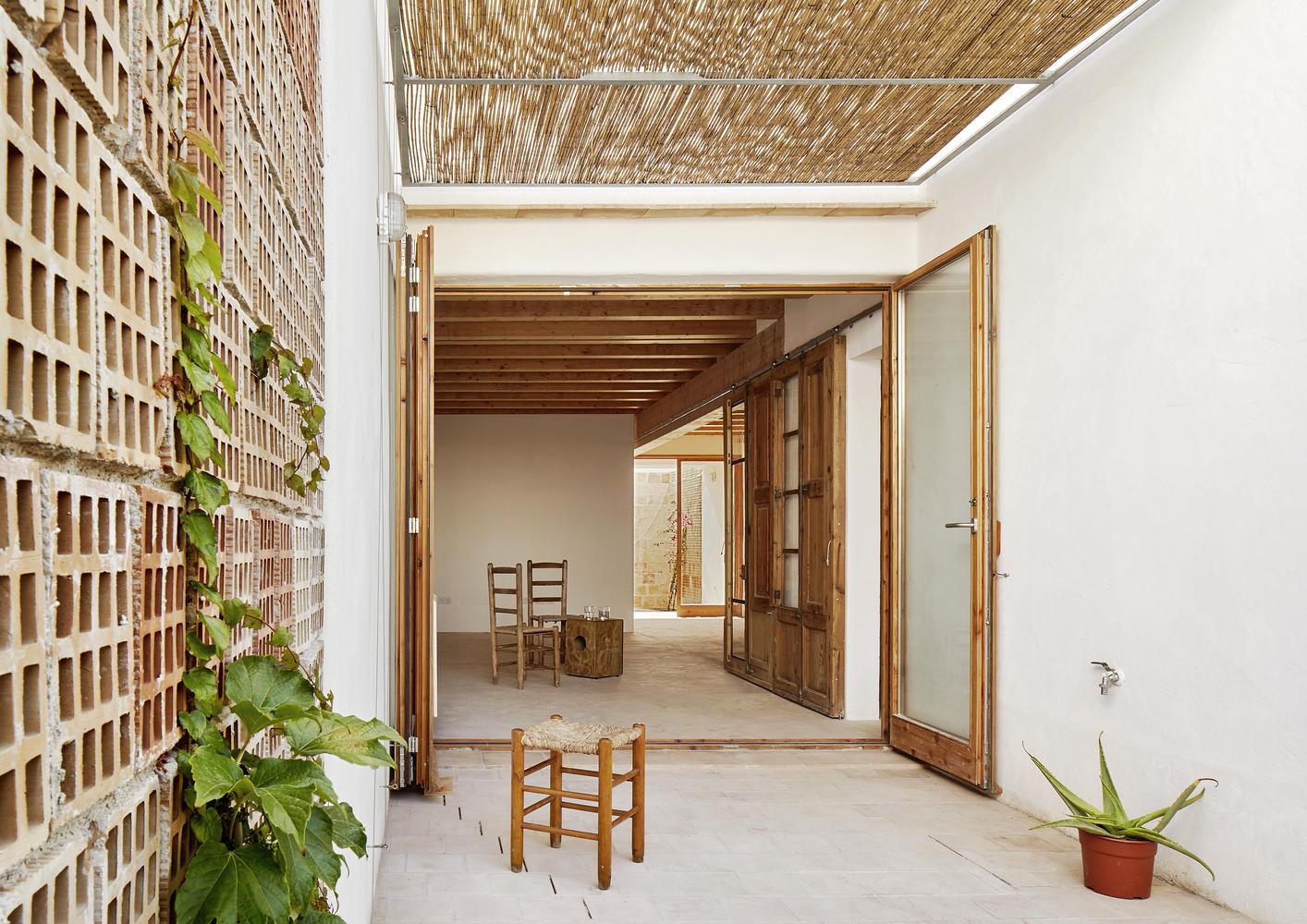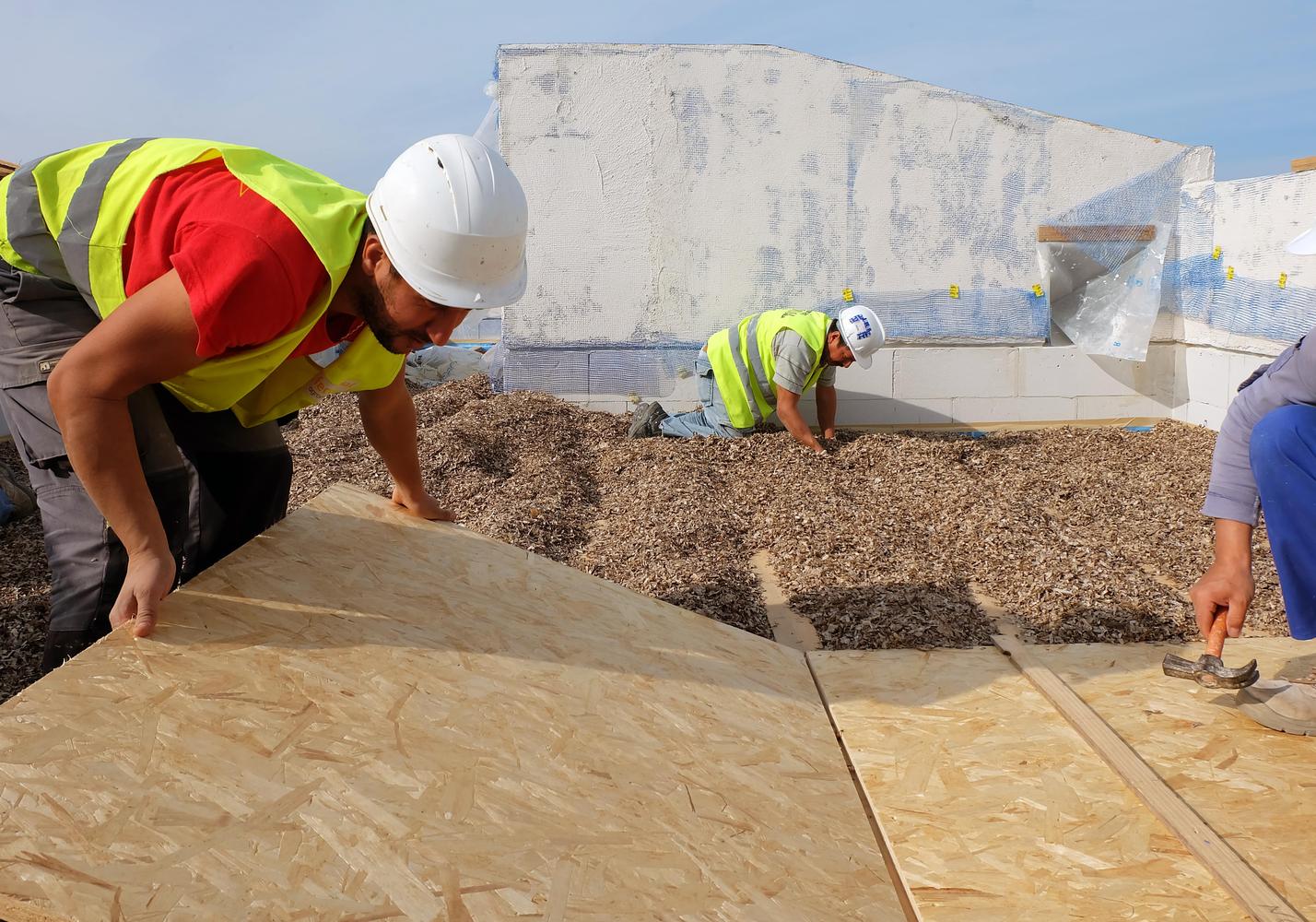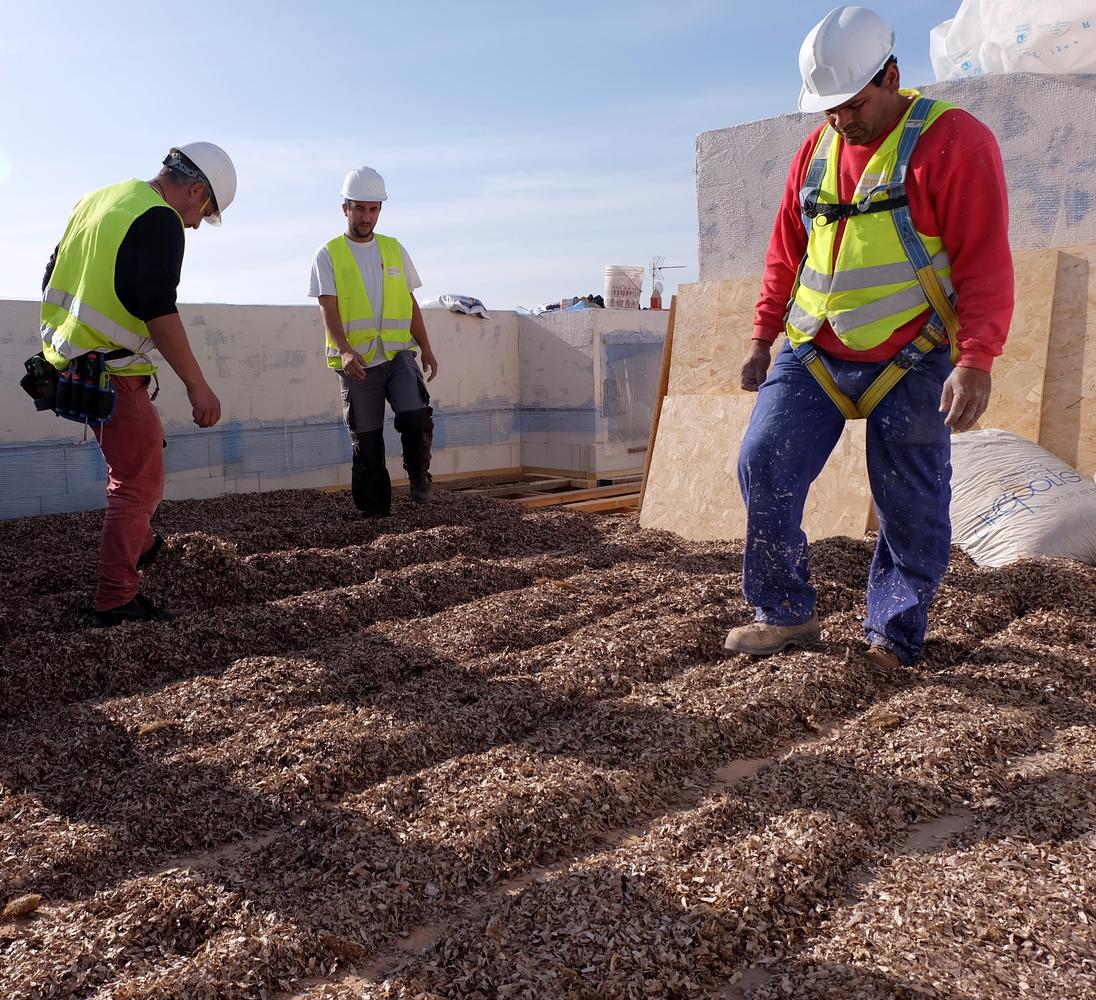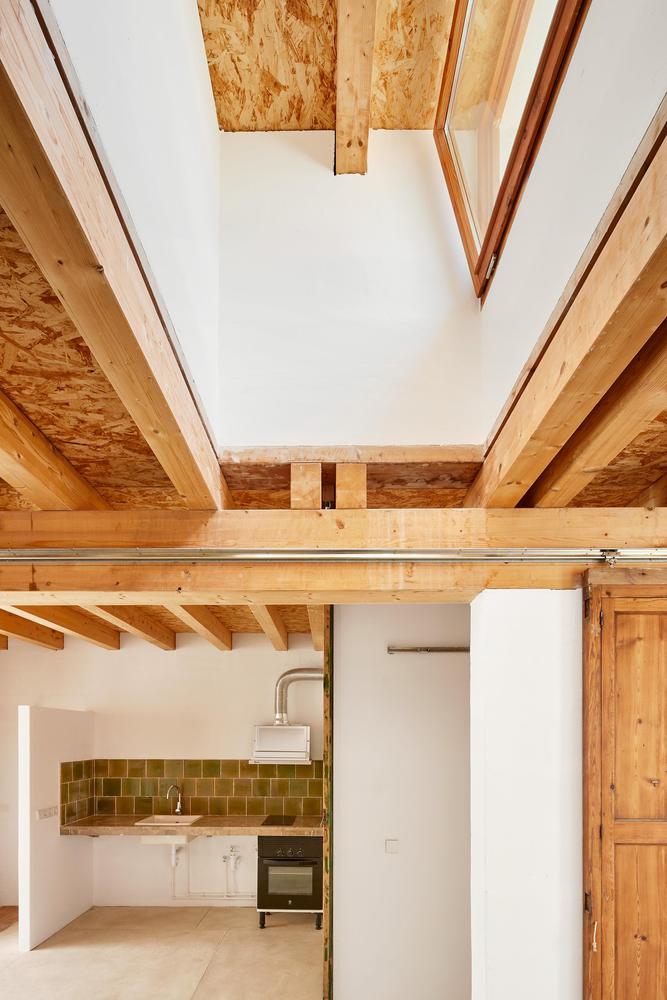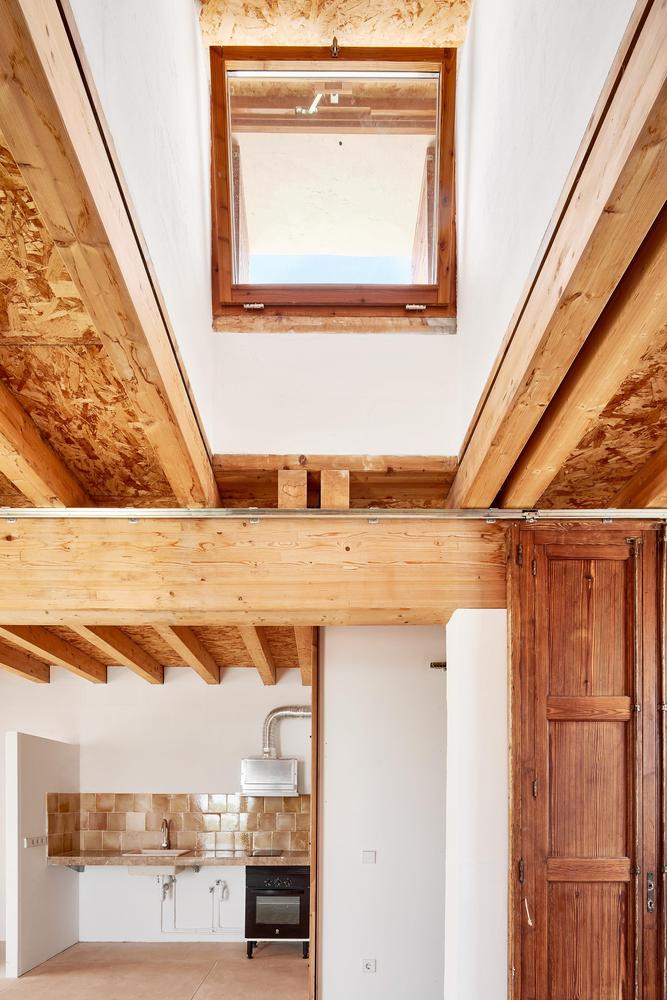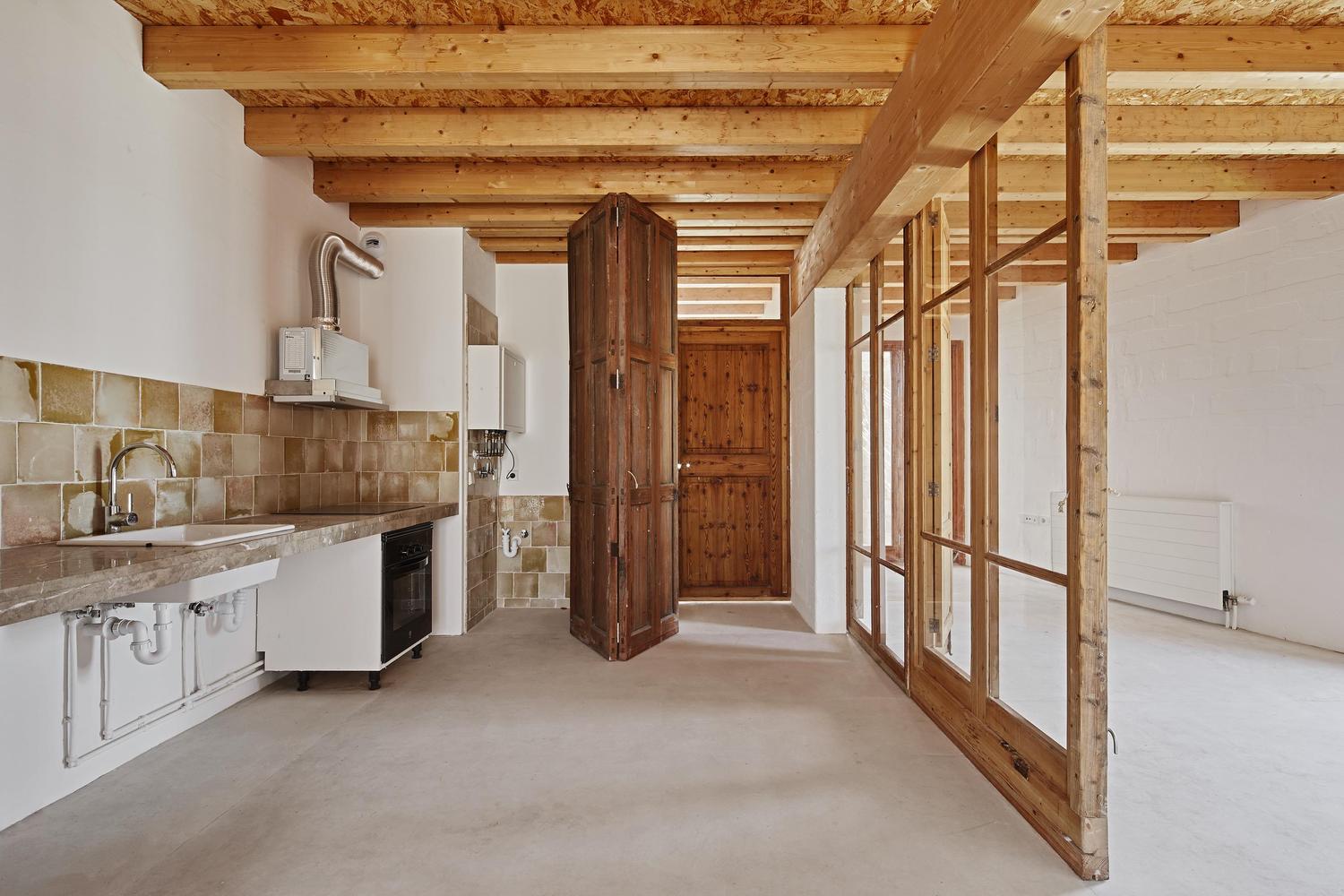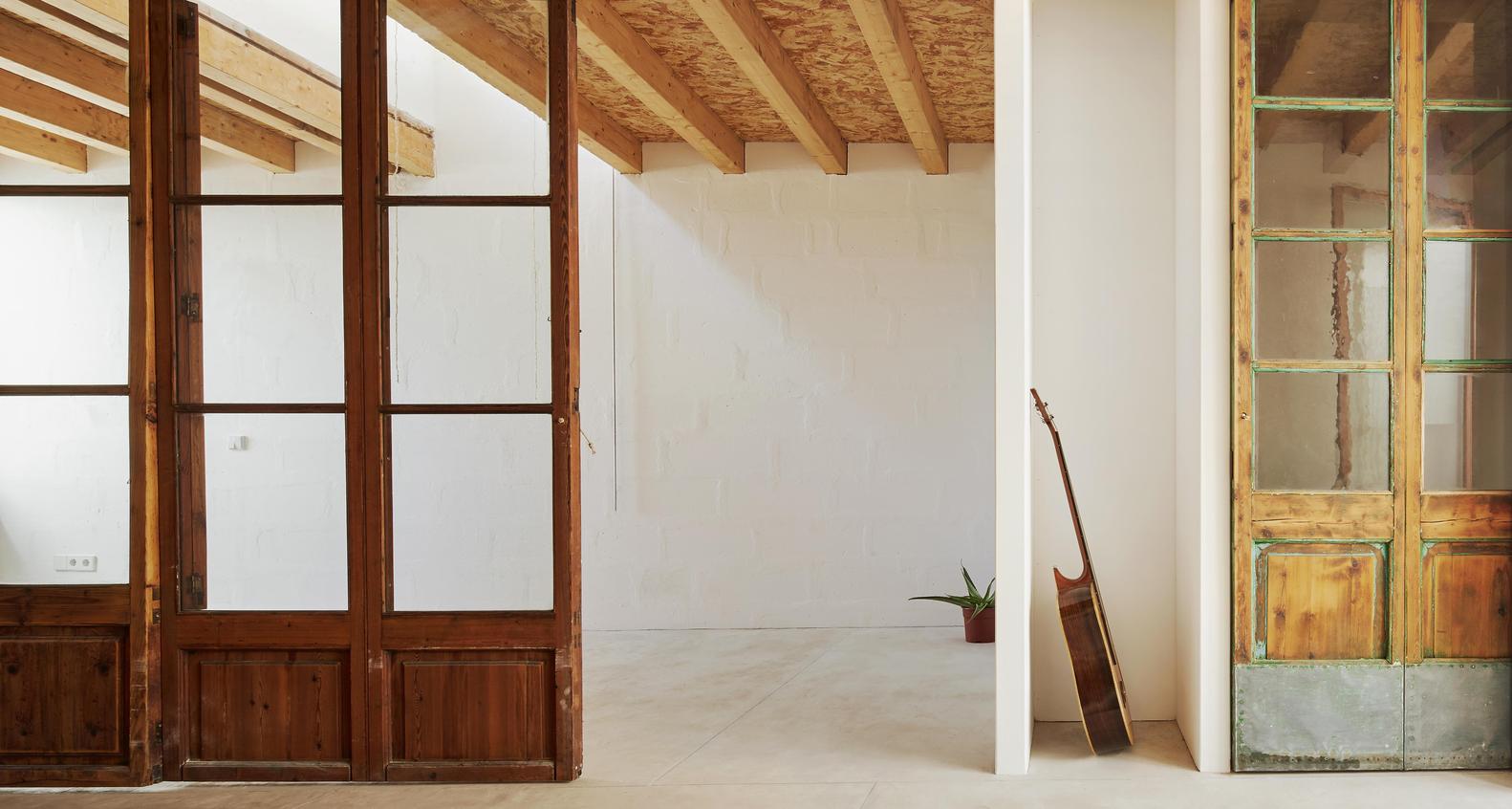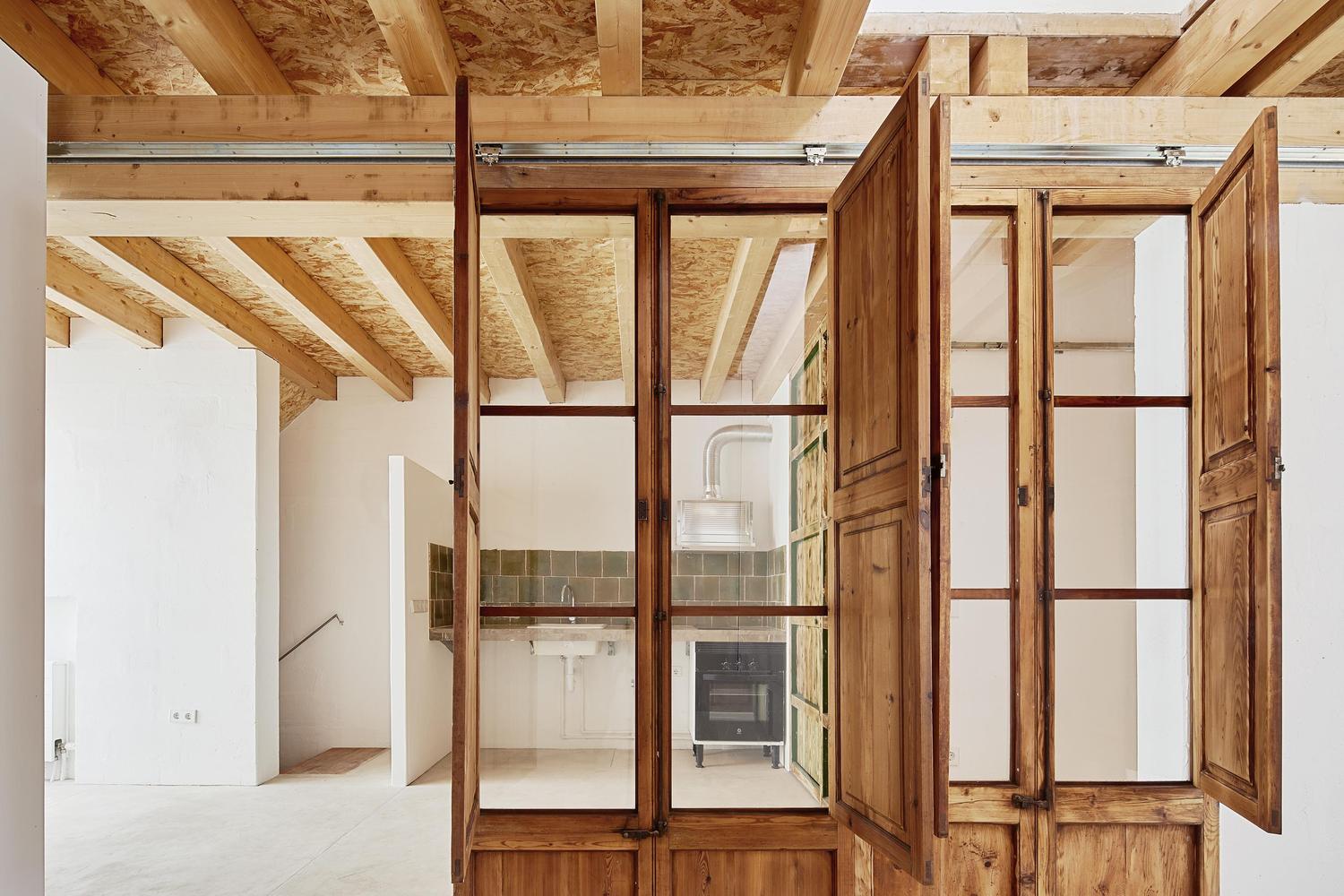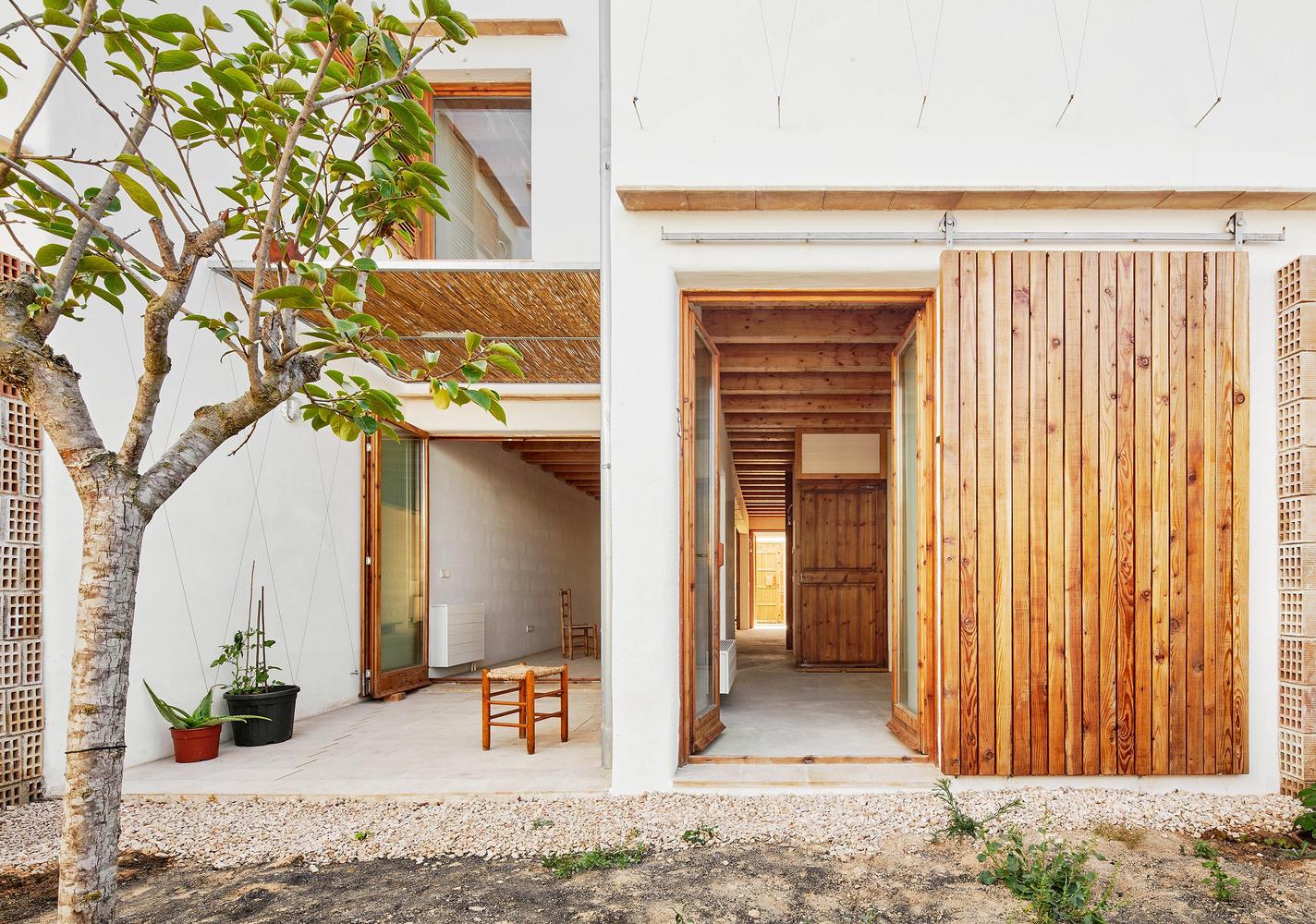
Sustainable architecture that is part of the ecosystem
- Balearic Housing Institute Project
- Photography: José Hevia
Life Reusing Posidonia, by the Balearic Housing Institute (IBAVI), located in Sant Ferran, Formentera, is an architectural expression of respect and commitment to the environment. This remarkable project stands out for its innovative use of Posidonia oceanica, a marine plant, as a thermal insulation material, emphasizing the importance of sustainable materials and low environmental impact in modern architecture, creating not only a home, but part of the ecosystem.
Respect and belonging to the ecosystem
This renovation is a project of adaptation to climate change, a new approach to the materials used in construction with the aim of improving the conditions of its inhabitants and the use of resources. The project seeks to combine the heritage of the space, modern architecture and new sustainability solutions. To this end, the use of Posidonia, a local marine plant, was proposed as thermal insulation, instead of using imported chemical materials.
With this decision they realized that they were not creating a house, but part of the ecosystem. The project’s objective established goals such as reducing CO2 emissions by up to 63%, reducing water and energy consumption, and minimizing waste during construction, among others.
The 14 social housing units that make up the project incorporate elements such as cross-ventilation and solar shading on the windows. The design promotes not only energy efficiency, but also a comfortable and healthy lifestyle. It also has a centralized biomass heating system, another feature that highlights the sustainable approach.
A precedent for the architecture of the future
The project demonstrates that it is possible to build sustainably with minimal additional cost, thus providing a viable solution for the development of social housing that respects and integrates with its natural and social surroundings. Life Reusing Posidonia is an example of how architecture plays a crucial role in promoting sustainability and respect for the environment, offering housing solutions that go beyond the conventional, creating spaces that are both ecological and aesthetically pleasing and functional. Spaces that become part of the ecosystem from the ground up. This project not only meets the basic needs of its inhabitants but also raises the standard of what it means to live respecting our environment, setting a precedent for future initiatives in the field of sustainable architecture.
